Success in today’s mobile world means finding new ways to build customer relationships that last. And in today’s multi-channel world, e-commerce businesses expect customers to interact with them through the channel of their preference. According to Harvard Business Review, 73% of consumers use multiple engagement channels in their interactions with single preferred retailers or e-commerce businesses. While most e-commerce businesses engage their users via push notifications, in-app notifications, email, and SMS, there’s a new technology that is quickly growing and is also referred to as an upcoming engagement channel – VOICE!
Voice technology has led to the rise of virtual assistants and smart speakers. Each year, the usability of voice assistants evolves. Whether it is a smartphone, tablet, stand-alone smart speaker, or even your refrigerator, these personal voice assistants are continuously evolving to help you in all kinds of ways. From the weekly weather forecast to turning on the lights in your kitchen to placing an order from your favorite e-commerce store, the opportunities with voice assistants are endless.
With growing usability and increased adoption of smartphones and smart speakers, your business has an opportunity to interact and engage with users on a channel that they are quickly adopting.
The Rise of Voice Commerce
Voice commerce (also known as v-commerce) is growing at an incredible pace and has become a chosen method for making purchases. V-commerce is a technology that enables consumers to purchase products online using voice commands through mobile apps and smart speakers. All the customer needs to search and buy something online using voice commands is a virtual assistant such as Google Assistant or Amazon Alexa—and, of course, a voice. V-commerce is not limited to finding the product itself but also ordering and buying it. As opposed to purchasing by a point and click method, purchasing choices are made with voice commands – spoken with words and phrases using voice apps. According to Future Shopper 2018 Report, 55% of online consumers are comfortable shopping by voice with no website or store involvement, which clearly indicates that v-commerce is a burgeoning trend that could be a huge market in the very near future.
The ease of just saying what you want to a smart speaker/ voice assistant – rather than having to type into a computer or mobile device – is definitely catching on. There was a steep rise of almost 40% growth on smart speaker adoption in the United States alone in 2019.
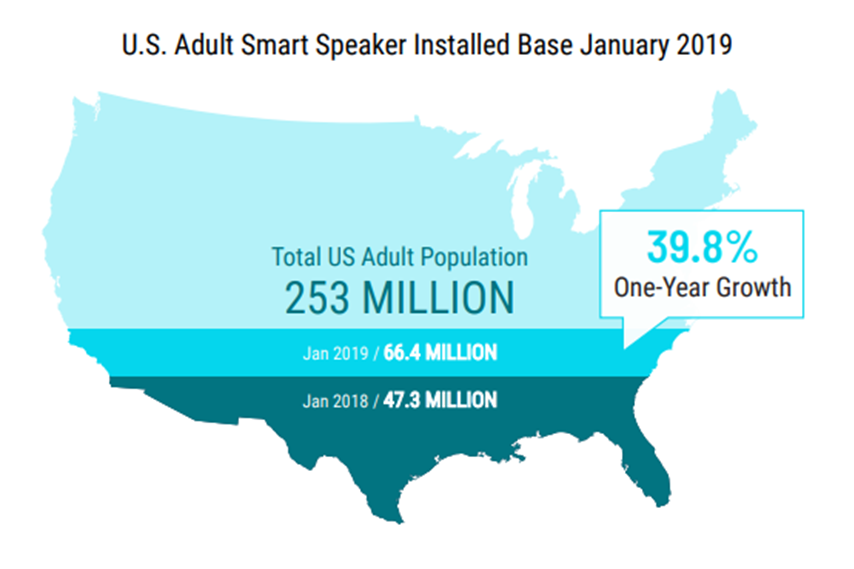
Source: Voicebot
Voice commerce represents a significant shift in the way that consumers interact with brands – and it’s a change that is coming.
A New Engagement Channel: Voice Apps
Wouldn’t it be nice if your users had a way to interact with your e-commerce website while they’re working or engaging in some activity?
Voice apps are the latest addition to the suite of engagement channels that enables smart conversations and helps you engage with your users over smart speakers.

Source: Voice Apps
How can Voice Apps Help?
With voice apps, you can seamlessly interact with your users with voice as a channel and help you build hyper-personalized customer journeys that create an exceptional voice shopping experience.
How do you Build Voice Apps?
Voice apps are easy to build. There are a few companies that help you create your own voice app for Google Assistant or Alexa in no time – and without any coding. Using a simple drag and drop visual editor, you can not only design but also integrate it with external APIs and publish it right away.
To break down the three phases of voice app creation here’s a simple visual representation:
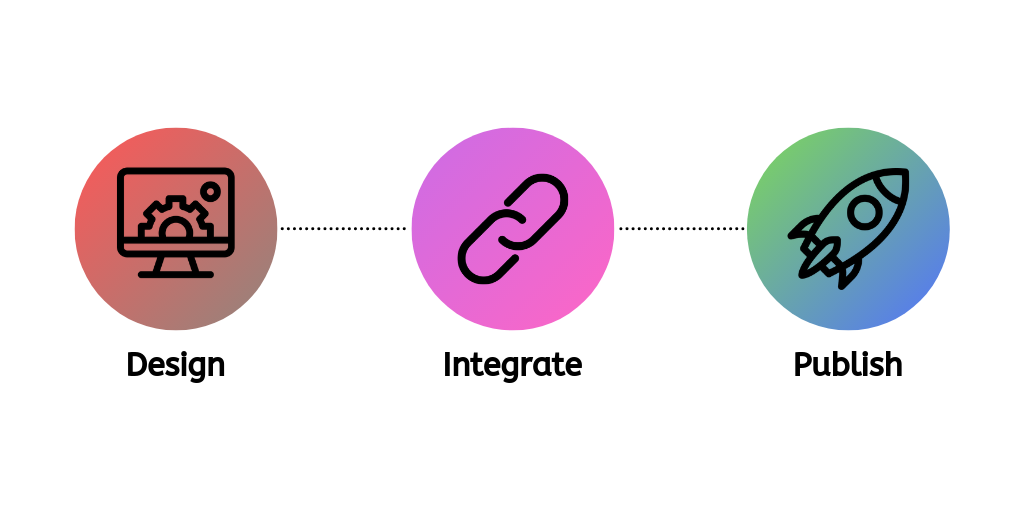
Voice apps don’t act as a replacement to existing channels, but they will be an enhancement to websites and mobile apps.
Think of instances where your users can place orders on your e-commerce website without any interruption to their work or activity.
Let’s look at a few use cases that can help you get started:
Note: For representation purposes we are only using Google Assistant in these use cases. Voice apps have the same control flow on other voice assistants as well.
1. Place an order
Voice apps enable users to place an order by just asking Google: “Okay Google, place an order for glass cleaner”. Voice apps give a variety of results based on the user rated cleaner, website recommended cleaners and the user’s past shopping behavior. The user can either go ahead with the options or ask the voice assistant to send a push notification to their mobile.
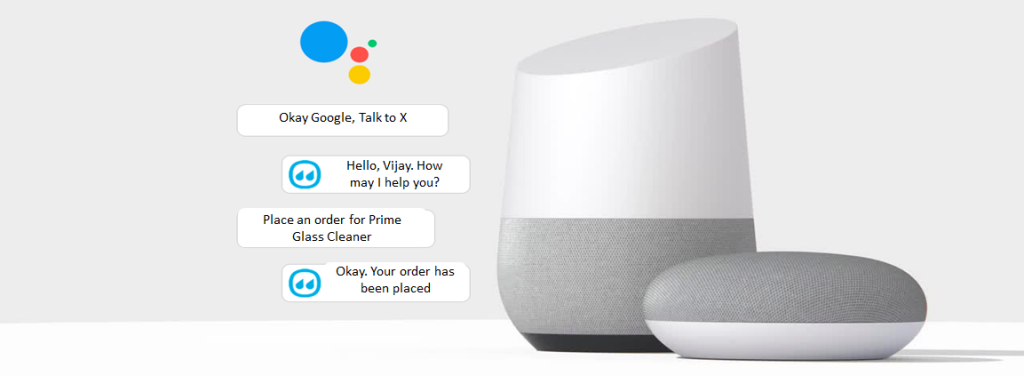
2. Place repeat orders
Most users place repeat orders of their day-to-day consumables like toiletries, groceries, home needs, etc. However, when a user browses through a website or app to purchase a product there’s a high chance of them not completing their purchase or postponing their purchase.
Voice apps come in handy here becausesers will receive an abandoned cart notification reminding them to complete their purchase. Users can continue to work and simultaneously place a new order or repeat order without any interruptions by just talking to their voice assistant.
You can also ask Google Assistant to send a push notification to receive order updates through the voice app on your mobile phone.
3. Check order status and track your order
With voice apps and its powerful Natural Language Processing (NLP) capabilities, users can check the status of the order by directly asking their Google Assistant: “Okay Google, what’s the status of my order from X?”. Users can conveniently track their order without having to use their mobile app or log into the website and punch in the order number.
4. Set up an appointment or book a service
Users can schedule an appointment by asking their Google Assistant to talk to their voice app: “Ok Google, talk to X and book a cleaning service tomorrow”. They can easily book an appointment while they are working — without any manual intervention.
5. Add a product to the cart or wishlist
Imagine your users have a monthly shopping list that they build before making an actual purchase. And there are chances that they might skip a couple of products. Using voice apps the user can ask Google to add products to cart as soon as they remember it. Here’s an example, “Okay Google, talk to X and add 2 blocks of paper towels to my cart”. They can later place an order once their cart is ready.
Ok Google, What Should I Expect from Voice Apps in the Future?
Voice apps will not cannibalize any existing engagement channel. In fact, they will enhance the existing channels, reach your users where they like to engage and help you in creating a seamless voice shopping experience. You might think, how will my users order a new product that they haven’t seen? Well, technology is scaling without boundaries and so are smart speakers. A couple of major brands have launched smart speakers with screens where users can ask their voice assistant to display what they’d like to see. These devices are called smart displays which are also voice enabled.
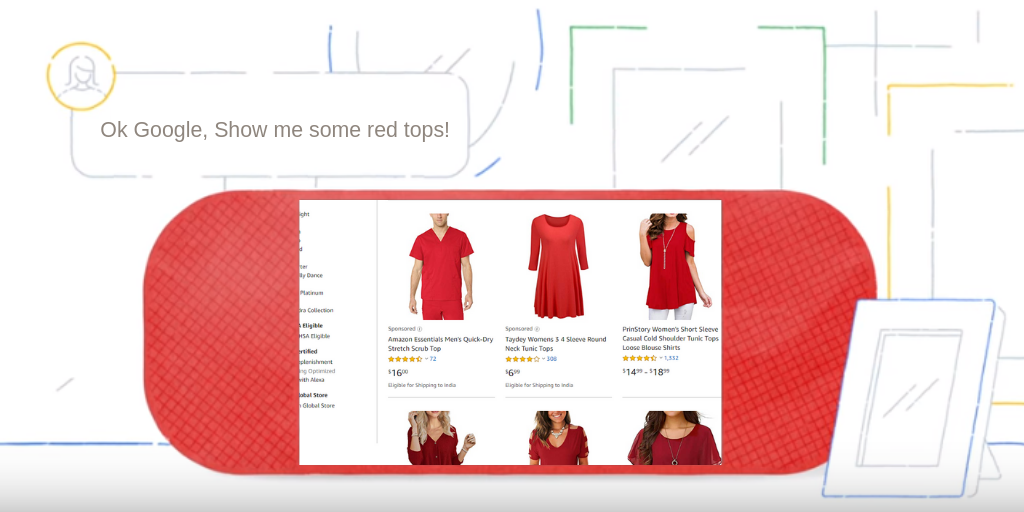
Source: Google
While it might take a few years to adopt this new device, users will soon be able to order anything from anywhere with a single voice command. The use of voice apps has greater potential in the coming years – especially because every transaction that takes place on voice apps will have to fall within the scope of your business. Voice notifications can be sent to the voice app only if the user has agreed to opt-in to receive them.
Today’s voice notifications might be pretty basic, but just as app notifications have evolved into rich interactive experiences, they will also mature as voice interfaces become more prominent in our lives.


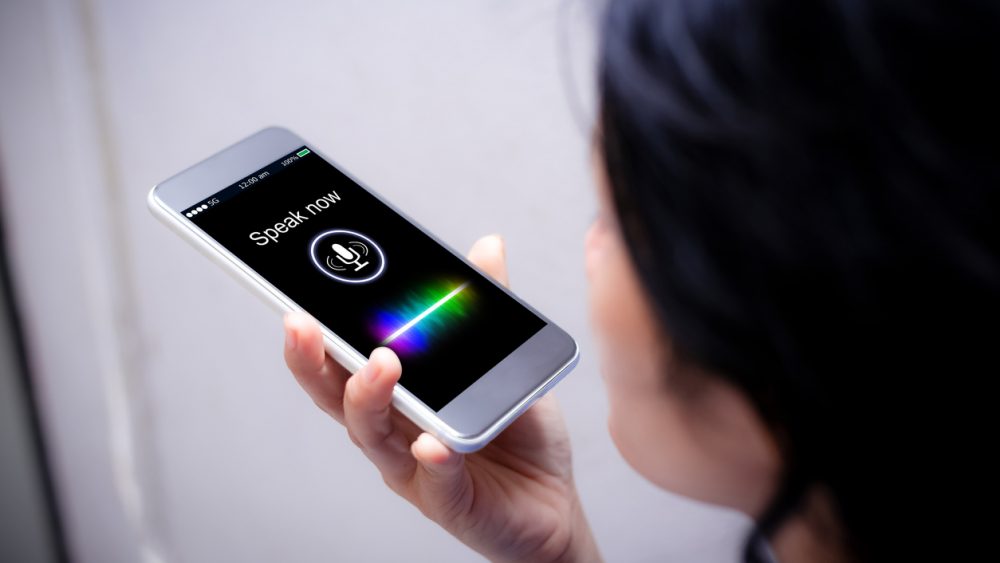

Comments are closed.